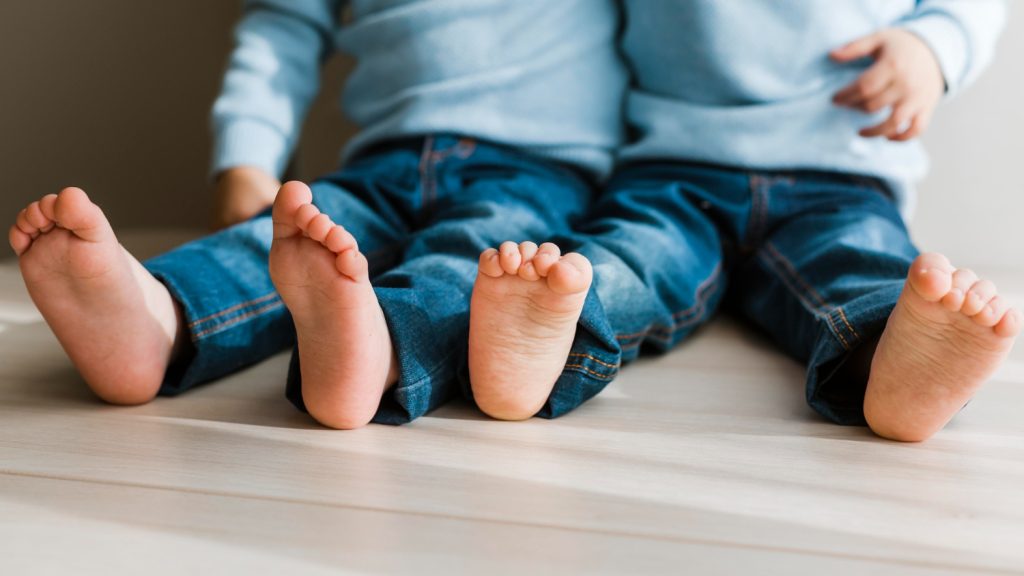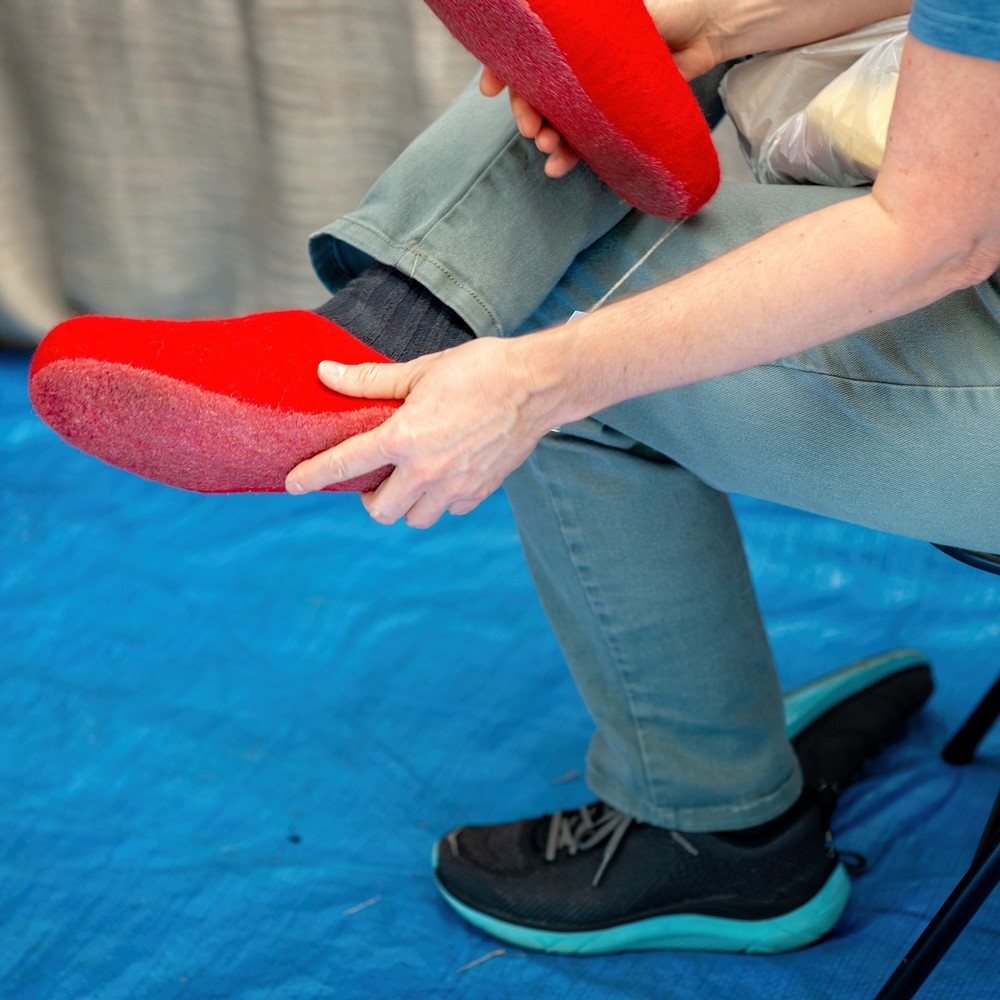Tips for foot care for dementia sufferers
The first thing that may come to mind is if there is a link between foot care and dementia patients. Foot care for dementia sufferers is crucial for their overall health and hygiene. Furthermore, dementia patients are typically elderly and suffer from many different conditions, all of which have an impact on their activity and foot care in the end. Continue reading for more tips on foot care for dementia sufferers. Top tips for foot care for dementia sufferers You can provide the necessary foot care for your loved ones by: Use a moisturizing cream to keep their skin soft, but avoid applying it between the toes. Encourage them to exercise even if it’s just walking around the house. This will help stimulate blood circulation and keep the joints mobile. Urge them to raise their feet when sitting to reduce ankle swelling. Wash their feet with warm water and use a gentle soap. But avoid soaking the feet as it may cause dry skin. Dry their feet well and gently, and make sure to dry between the toes to avoid a fungal infection. Cut their nails straight across. Consult a podiatrist if you suffer from foot pain. Always keep in mind that with proper foot care, people with dementia can maintain their mobility and reduce their risk of developing foot-related problems. How will a podiatrist help? Podiatry has a tremendous opportunity to support and improve mental health, including keeping people healthy and active, which can reduce social isolation. The podiatrist will certainly help in many ways such as: Podiatrists are constantly trying to find innovative ways to improve care for dementia patients and prevent them from developing foot problems due to diseases such as poor circulation, diabetes, or stroke. Talk to their caregiver about the possibility of rearranging the house to prevent them from falling. Examine the patient’s feet to ensure there are no problems or initial signs of other wounds or feet problems. Teach the caregiver how to care for the patient’s feet. At Health and Style Medical Center, we understand the value of courteousness and patience, especially when working with the elderly. To ensure that they feel at ease and understand what we are doing, we also explain what we are doing.
Tips for foot care for dementia sufferers Read More »











